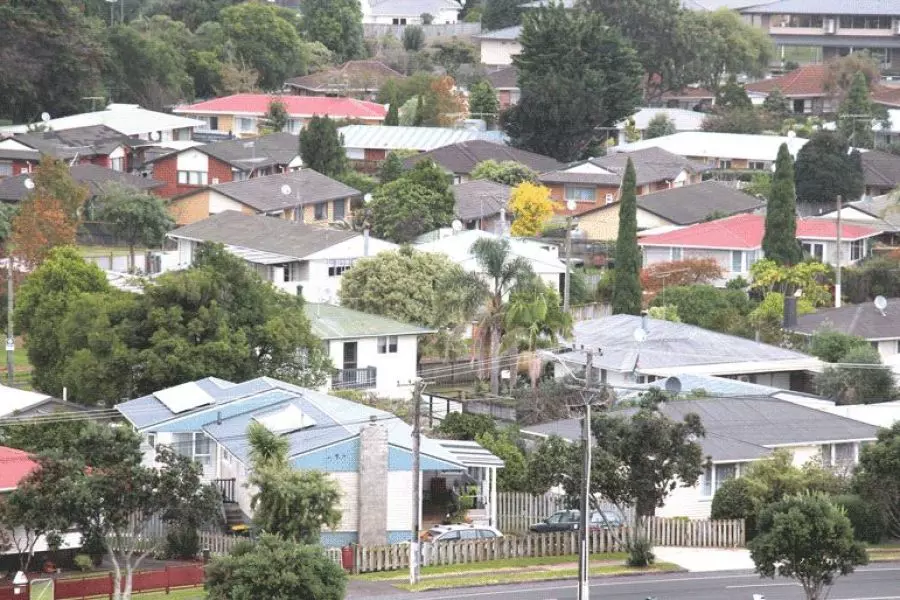News
Southern (Auckland) charm

Monday 27th of June 2016
Stephen Dickens takes a look at south Auckland and finds a region that while growing rapidly, still offers potential opportunities for investors.
The average price for a house in the Auckland area now stands at $942,760 in April, up 1.3% from March and 16.5% higher than a year ago.
The biggest increase in Auckland values, however, occurred in south Auckland in P...
Want to read the full article?
Click the button below to subscribe and will have unlimited access to full article and all other articles on the site.
8 min read
10 min read






![[The Wrap] Bye Bye Bayly](https://goodreturns.publit.io/file/c_fill,w_900,h_600/39f23ac1-f7c7-4854-b700-a150004ebbac.webp)


